Crystallisation Unit
Categories: Technical Educational EquipmentCrystallisation Unit Specification: A benchtop unit comprising a vacuum formed ABS plastic plinth with integral electrical console onto which is mounted the stirred glass crystallisation vessel, wa...
Product
Description
Crystallisation Unit
Specification:
- A benchtop unit comprising a vacuum formed ABS plastic plinth with integral electrical console onto which is mounted the stirred glass crystallisation vessel, water heater, water flowmeter and heat exchanger.
- A temperature sensor and 2kW water heater mounted in the mains water line and linked to a PID controller for accurate process temperature control.
- A conductivity probe measuring solution conductivity.
- A cooling action controlled indirectly by the valved flowmeter.
- Protection devices for all electrical circuits.
- Two displays: PID temperature control (reactor temperature), display for conductivity.
- Sensor signals are routed to the USB interface for connection to a PC.
- USB port for data logging by the supplied software.
- Set of sieves for Crystal Size Distribution determination.
- Comprehensive instruction manual with detailed laboratory teaching exercises.
Description:
The introduces students to the fundamentals of crystallisation. It is a bench-top unit with the see-through glass crystallisation reactor which allows visualisation of crystallisation phenomena. The solution cooling method to study the crystalliser performance.
The equipment consists of a jacketed crystallisation vessel provided with temperature control and agitation. The crystallisation reactor is thermally controlled by means of heated water circulating in the reactor jacket.
The water is heated by an in-line heater. The temperature sensor within the reactor and the heater are linked to a three term PID controller, which is programmed to maintain the desired set-point temperature.
The crystalliser vessel is filled with the hot solution to be crystallised. The solution is well mixed by means of a variable speed axial agitator. With decreasing temperature, the solution becomes supersaturated and finally crystallises.
At the end of the batch, a sample from the crystalliser is discharged and the crystalline product is filtered, washed, dried in the oven and sieved. The final sieving of the obtained crystals is carried out with the use of the set of test sieves with a range of mesh sizes.This fractionation can be used to evaluate crystal size distribution as well as crystal and nucleation growth rates.
quick overview :
Crystallisation Unit
Specification:
- A benchtop unit comprising a vacuum formed ABS plastic plinth with integral electrical console onto which is mounted the stirred glass crystallisation vessel, water heater, water flowmeter and heat exchanger.
- A temperature sensor and 2kW water heater mounted in the mains water line and linked to a PID controller for accurate process temperature control.
- A conductivity probe measuring solution conductivity.
- A cooling action controlled indirectly by the valved flowmeter.
- Protection devices for all electrical circuits.
- Two displays: PID temperature control (reactor temperature), display for conductivity.
- Sensor signals are routed to the USB interface for connection to a PC.
- USB port for data logging by the supplied software.
- Set of sieves for Crystal Size Distribution determination.
- Comprehensive instruction manual with detailed laboratory teaching exercises.
Description:
The introduces students to the fundamentals of crystallisation. It is a bench-top unit with the see-through glass crystallisation reactor which allows visualisation of crystallisation phenomena. The solution cooling method to study the crystalliser performance.
The equipment consists of a jacketed crystallisation vessel provided with temperature control and agitation. The crystallisation reactor is thermally controlled by means of heated water circulating in the reactor jacket.
The water is heated by an in-line heater. The temperature sensor within the reactor and the heater are linked to a three term PID controller, which is programmed to maintain the desired set-point temperature.
The crystalliser vessel is filled with the hot solution to be crystallised. The solution is well mixed by means of a variable speed axial agitator. With decreasing temperature, the solution becomes supersaturated and finally crystallises.
At the end of the batch, a sample from the crystalliser is discharged and the crystalline product is filtered, washed, dried in the oven and sieved. The final sieving of the obtained crystals is carried out with the use of the set of test sieves with a range of mesh sizes.This fractionation can be used to evaluate crystal size distribution as well as crystal and nucleation growth rates.
Product
Reviews
add Review
reviews
No Review Yet.

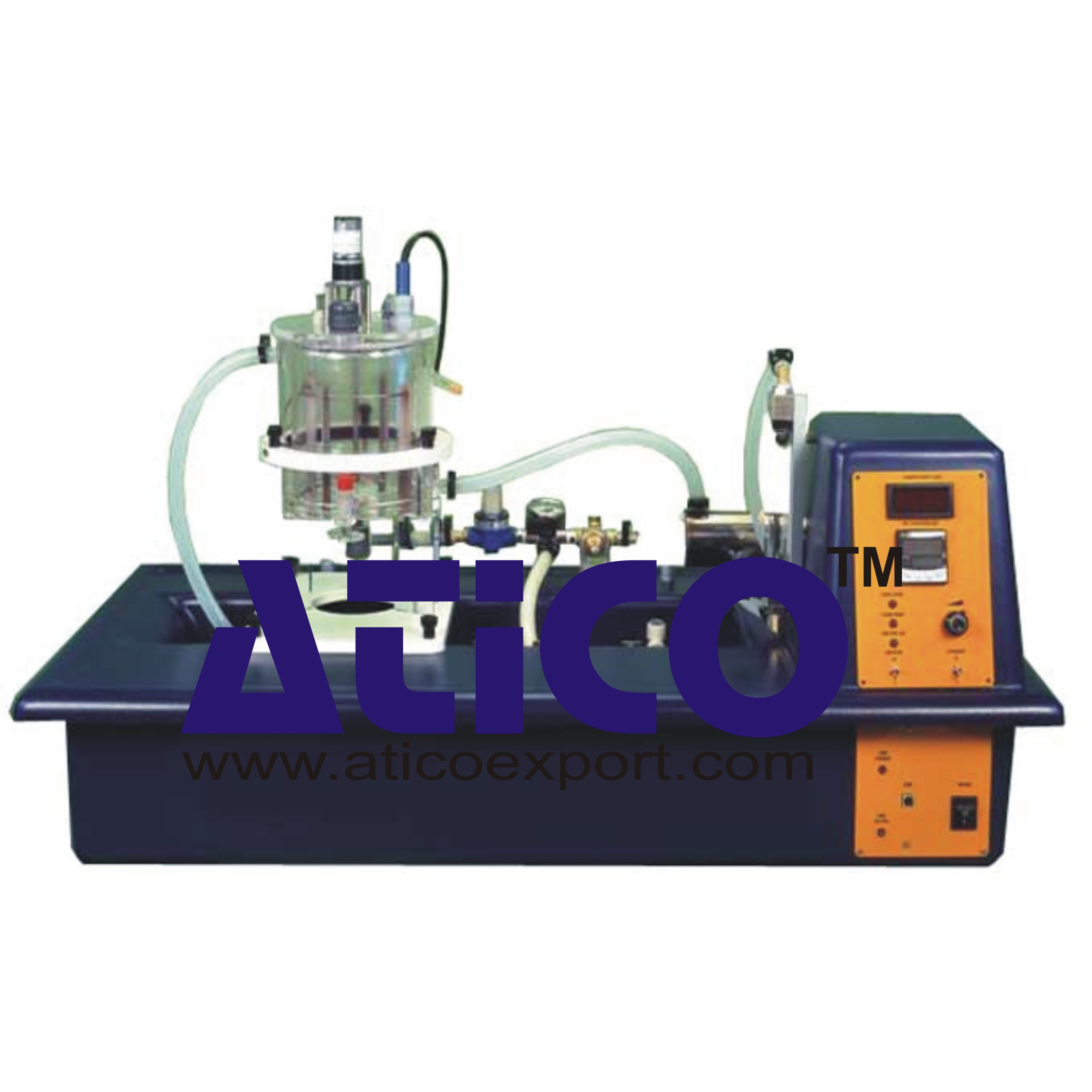




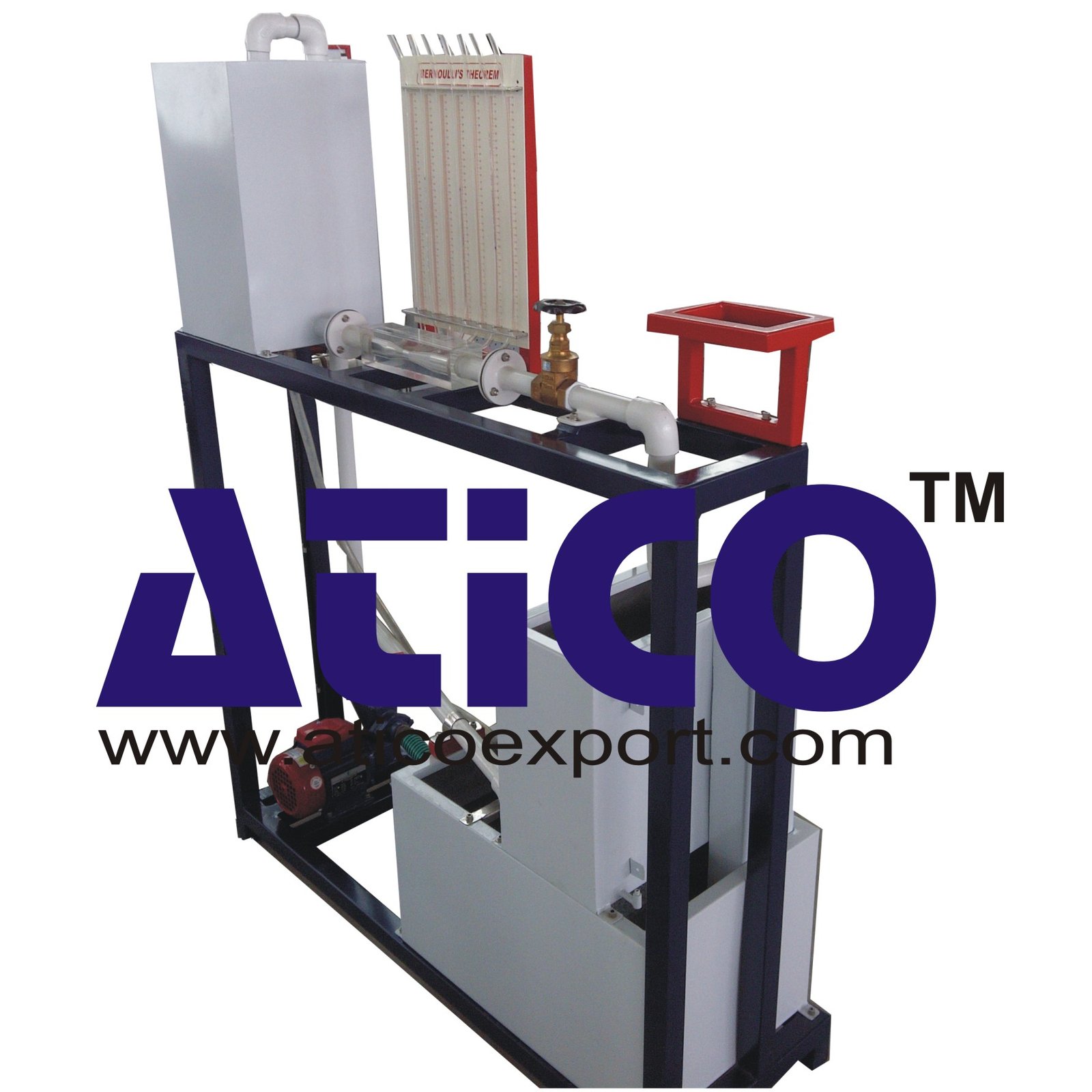
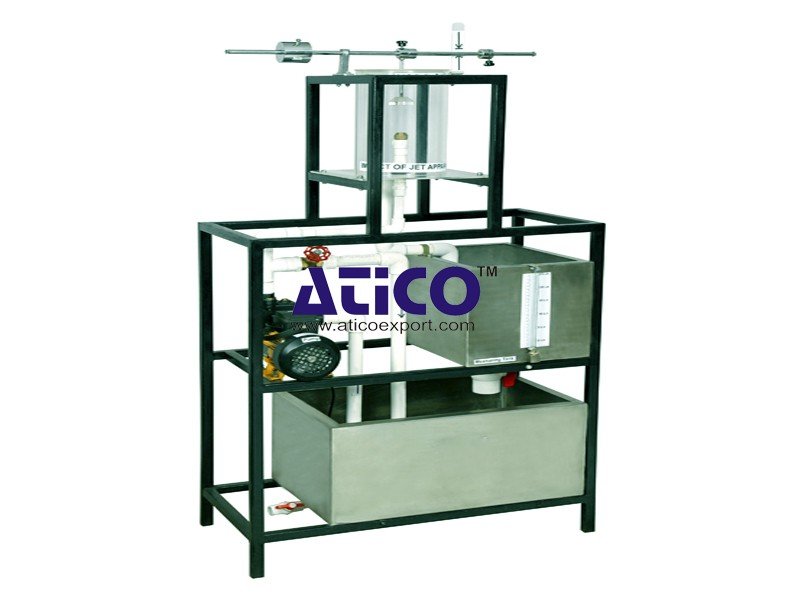
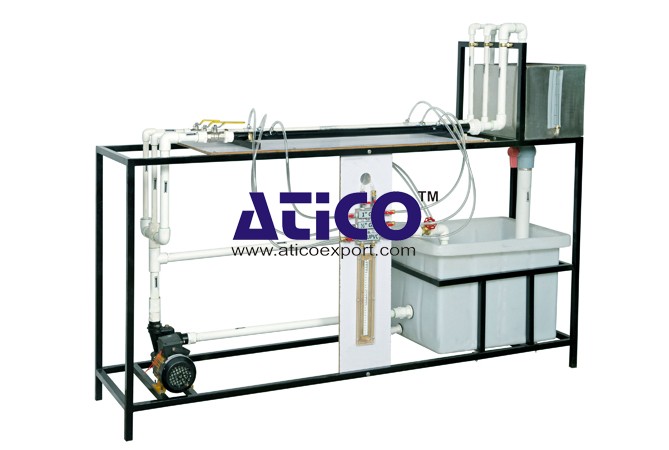
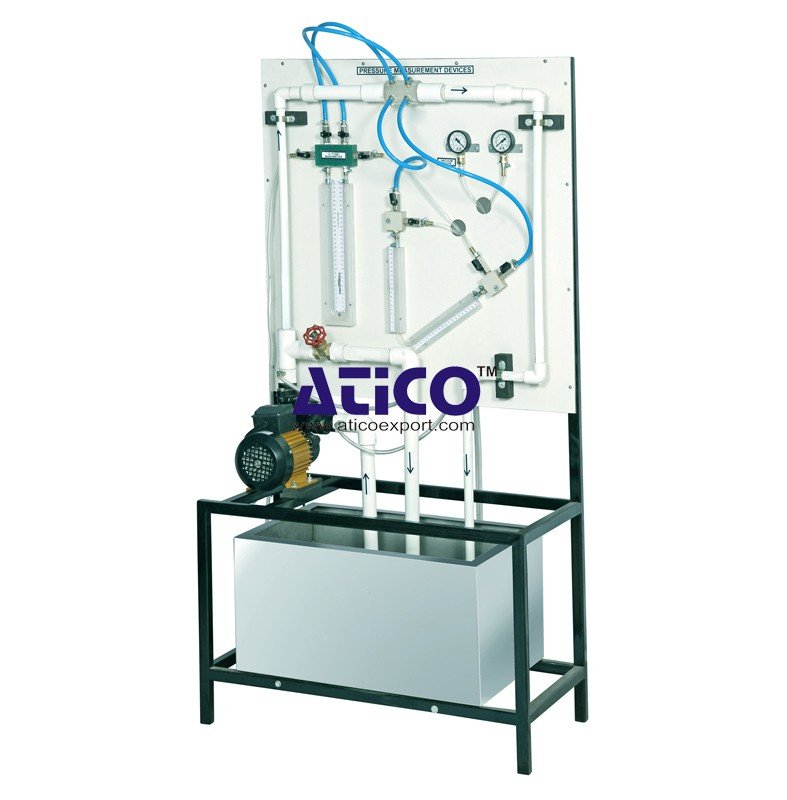
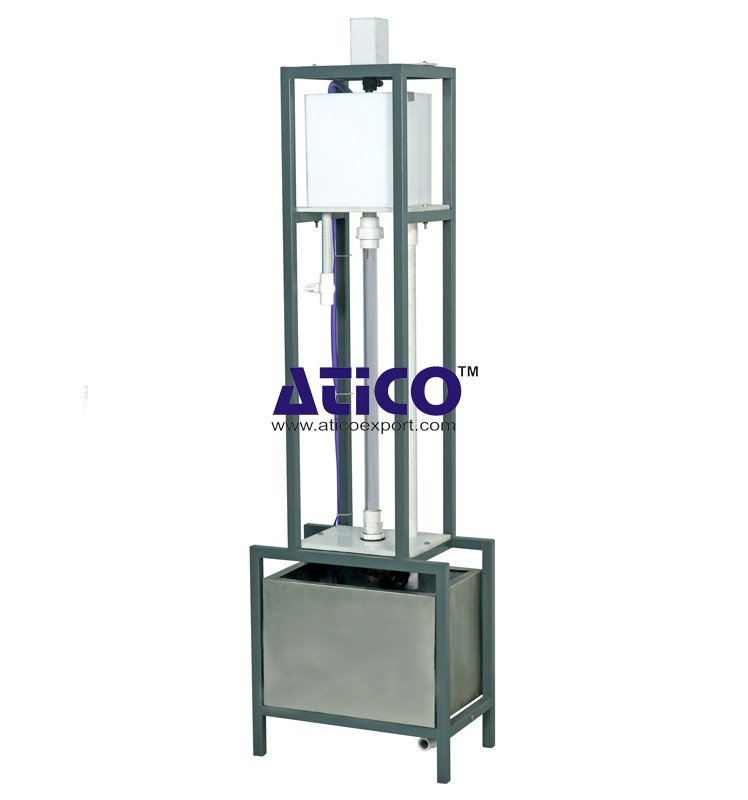
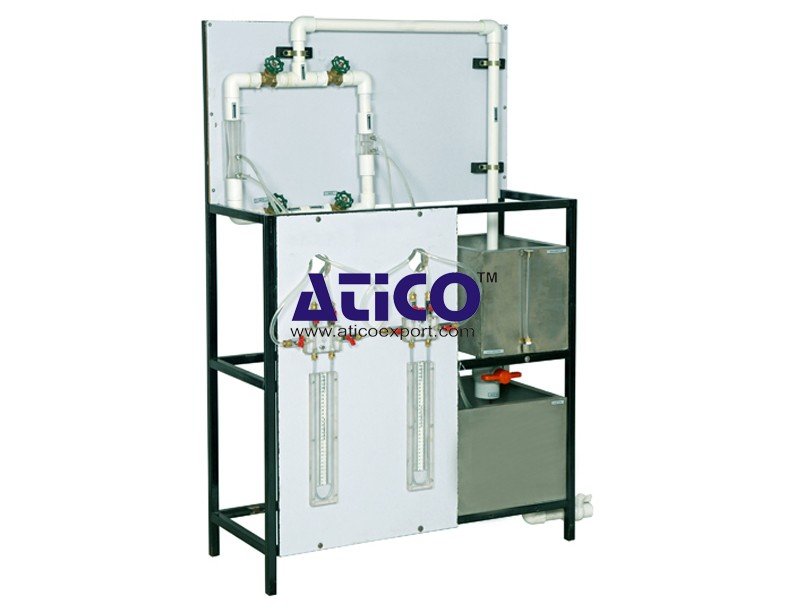
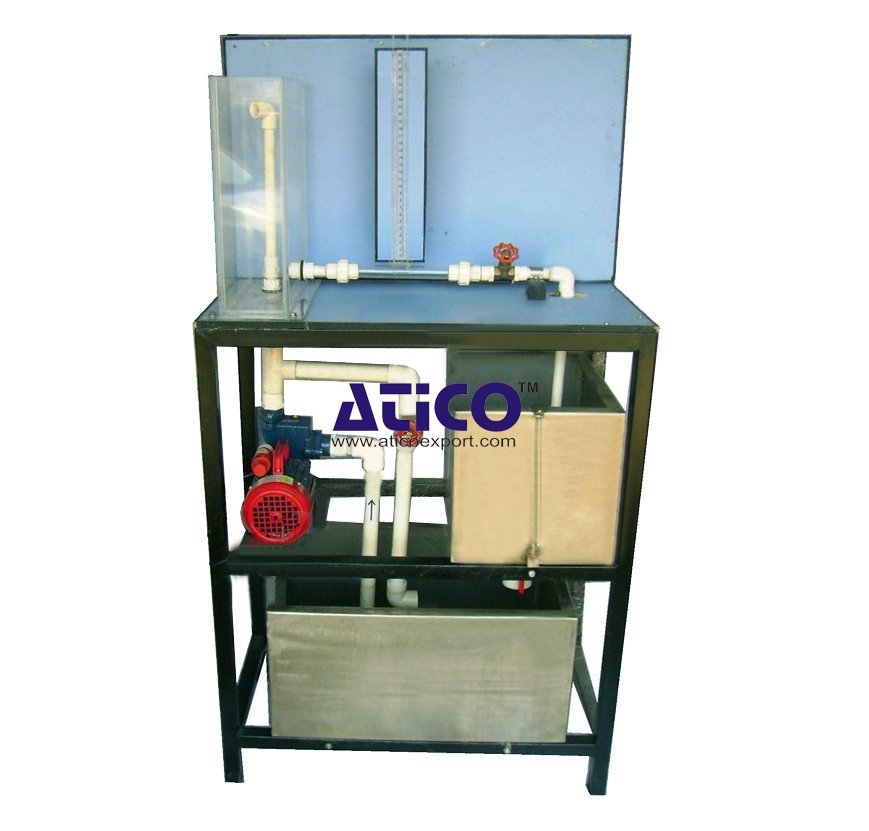
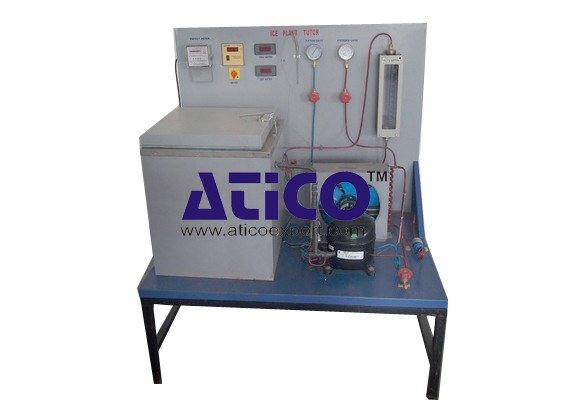

Product
Reviews
add Review
reviews
No Review Yet.